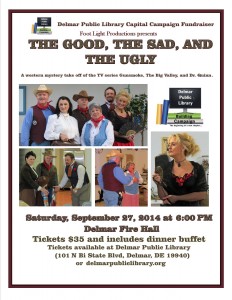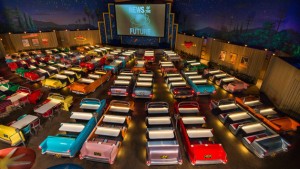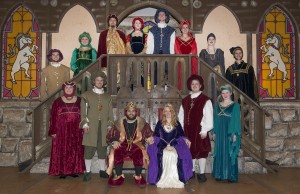In general, the arts are beginning to recover from the recession and there has been steady growth in arts participation. The performing arts, including dinner theatre, are part of this upward trend. As demonstrated throughout this field guide, dinner theatre is also a popular art form and there are a variety of ways it is present in American culture. Between the increased support for the arts and the consistent stronghold dinner theatre has in the US, the future looks very optimistic for many of the companies that have survived. At the very least, the structure of dinner theatre will continue to be a popular source of entertainment and be used by a variety of organization for special events and fundraisers.
With the advancement of technology, entertainment experiences similar to the dine-in movie theatres will be more common place. As live performance begins to go virtual with streaming services and circulated recordings, I am interested to see how the combination of “dinner and a show” evolves. There a a myriad of possibilities, involving both live and recorded performances. Additionally, there are infinite possibilities regarding what new technologies may emerge. This is also only regarding public performance, not private at-home performances and film screenings.
In their article for the Chronicle of Higher Education, Ivey and Tepper note a rise in amateur art-making with the development of new technologies. Dinner theatre has always been notoriously lax regarding artistic technique and structure, hence the wide array of groups staging productions in the context of dinner theatre. This combination makes dinner theatre ripe to flourish going forward and I have no doubt it will be a consistent part of the arts well into the future.




